Animals Teaching Resources
Explore animal life in your science classroom with printable worksheets, classroom posters, and more teaching resources all about the different types of animals, their life cycles, characteristics and more!
This teacher-created collection includes a series of animal-focused teacher resources covering reptiles, birds, fish, mammals, and amphibians plus resources that classify a selection of vertebrates and invertebrates!
This comprehensive collection of teaching resources includes editable curriculum-aligned lessons on wildlife, endangered species and more — all ready to be printed and used in the classroom!
New to teaching this section of the science curriculum or looking for some fresh ideas? Read on for some tips on teaching about animal classification from our teacher team!
What Is Animal Classification? A Kid-Friendly Definition
In science class (and in professional study) animals are classified into groups based on physical and genetic characteristics. Scientists use a classification system called the Linnaean system to group different animals into progressively more specific categories, starting with the largest (and most inclusive group) and ending with the smallest and most specific group.
The categories are:
- Kingdom
- Phylum
- Class
- Order
- Family
- Genus
- Species
Helping students to remember these categories of biological animal classification, you might want to use a mnemonic such as:
- King Philip came over from Germany swimming.
- King Philip came over for good spaghetti.
- King Philip came over for good soup.
Sometimes the word "domain" is added to the top of the animal classification list, and in those cases you can add the word "dear" to your mnemonic sentences to help your students recall them all.
In the Linnaean system, every animal in nature is assigned a unique scientific name. The name includes their genus and species and it's used globally to refer to that animal — so, for example, a dog is a dog, but it's also a "canis lupus familiarise" according to its scientific name.
The animal classification system is used all around the world to help scientists understand the relationships between different animals and how they evolved over time.
Teaching About Animal Classification in Elementary School
How in-depth should your lesson planning be for animal classification? In the elementary grades, learning classifications of animals sets the stage for understanding how important this system is when scientists are studying animals in the natural world.
Consider this: In elementary school, students typically learn about the basic categories of animal classification, such as mammals, birds, fish, reptiles, and amphibians.
Your animal classification lessons can extend into learning about specific examples of animals within each category, such as lions and elephants for mammals, and eagles and penguins for birds.
By the time they head off to high school, students should already know the characteristics that define each group — such as the presence of fur or feathers (in birds) or most mammals' ability to give birth to live young. Students should also know about the classification of animals within each group, such as the different types of mammals or birds.
Ready to get started? Explore the resources in this collection!
- Free Plan
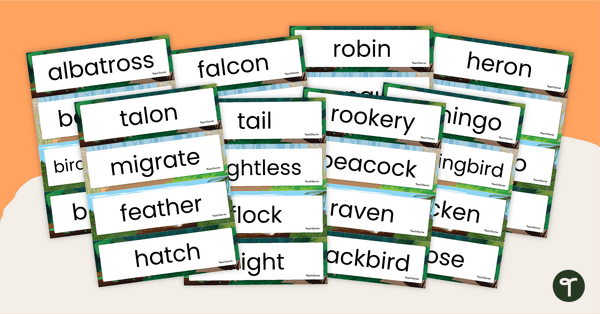
Bird Word Wall Vocabulary
Introduce your students to the features of birds and different bird species with bird related vocabulary cards for a word wall.
- Plus Plan
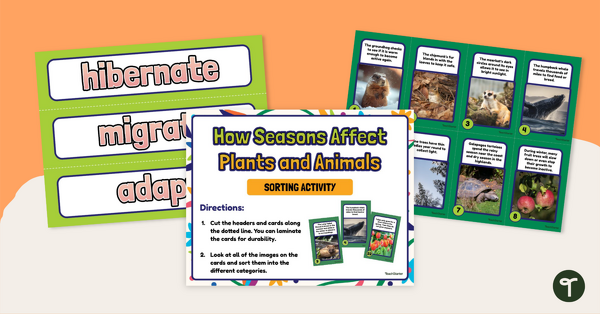
How Seasons Affect Plants and Animals Sorting Activity
Set up this sorting activity in your classroom to teach students how the seasons affect plants and animals by categorizing them.
- Plus Plan

Environmental Factors That Affect Plants and Animals – Interactive Activity
Help your students learn about how environmental factors such as the weather affect plants and animals using this engaging and informative interactive activity.
- Plus Plan
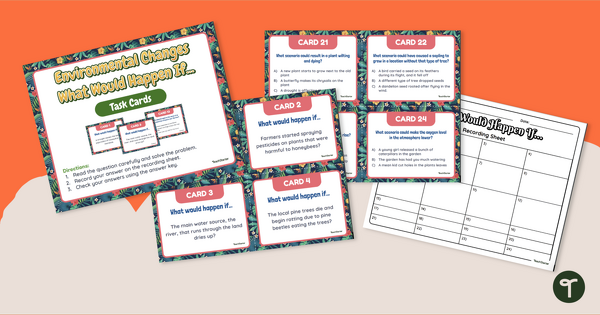
What Could Happen? Environmental Change Task Cards
Predict and identify the effects of environmental change on plants and animals with a set of printable science task cards.
- Plus Plan

Animal Adaptations Word Search
Develop science vocabulary skills with a printable animal adaptations word search.
- Plus Plan
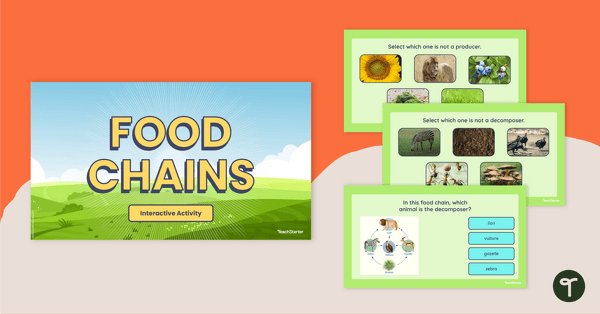
Food Chains - Interactive Activity
Review producers, consumers and decomposers in food chains with this interactive digital quiz.
- Plus Plan
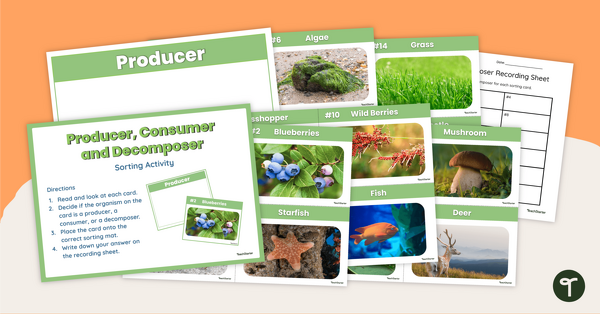
Producer, Consumer and Decomposer - Sorting Activity
Explore the roles and relationships of producers, consumers and decomposers in food chains with this hands-on sorting activity.
- Plus Plan
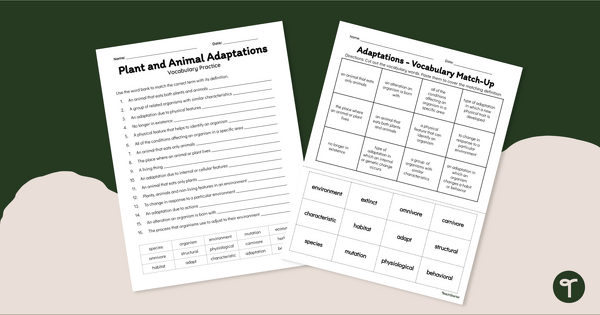
Plant and Animal Adaptations - Vocabulary Worksheets
Review key vocabulary associated with plant and animal adaptations with a pair of vocabulary worksheets.
- Plus Plan
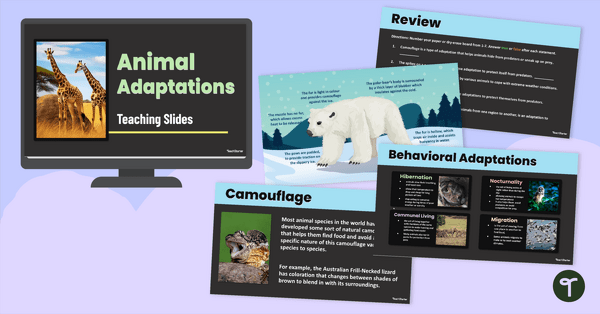
Animal Adaptations Teaching Slides
Teach your students about behavioral, structural, and physiological adaptations of animals with an interactive teaching slide deck.
- Free Plan
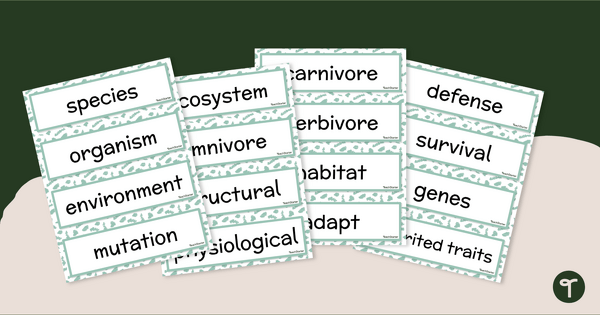
Plant and Animal Adaptations – Word Wall Vocabulary
Build scientific vocabulary skills with a printable display of words relating to plant and animal adaptations.
- Plus Plan
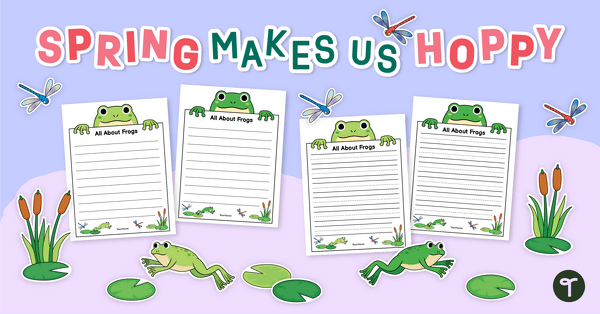
Hop into Informational Writing - Spring Bulletin Board
Celebrate a new season and your budding writers with a new Spring bulletin board display.
- Plus Plan
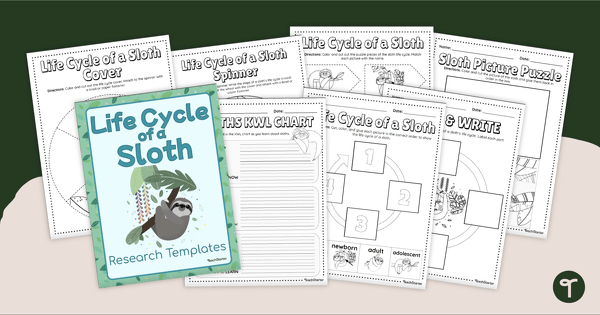
All About Sloths - Animal Life Cycle Worksheets
Help your students learn about sloths using this research project booklet.
- Plus Plan
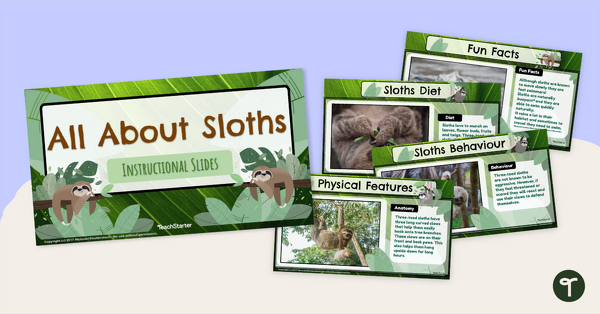
All About Sloths - Animal Research Project Instructional Slides
Use an animated instructional slide deck to guide your students through a sloth research project!
- Plus Plan
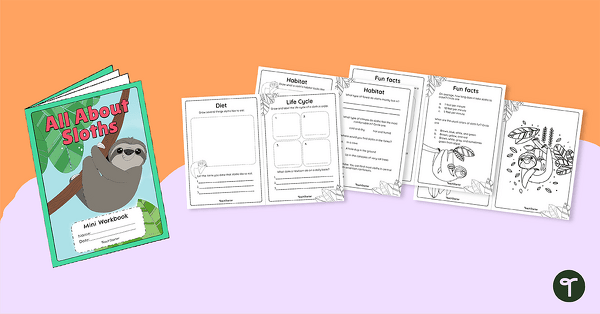
All About Sloths Animal Project Guidebook
Research and learn about the amazing tree sloth with a printable research guide for kids.
- Plus Plan
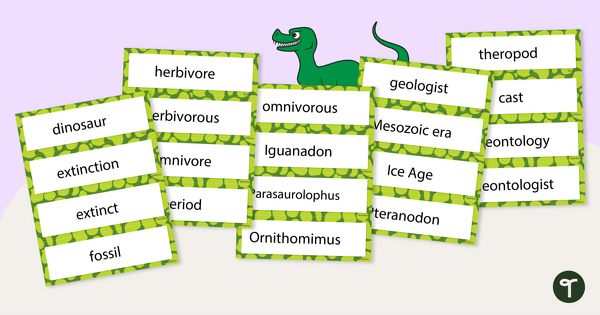
Dinosaur Words - Word Wall Vocabulary Cards
Fifty-four dinosaur-related terms for a word wall.
- Plus Plan

International Sloth Day - Paper Plate Craft
Craft a paper plate sloth on International Sloth Day with this easy-to-use template.
- Plus Plan
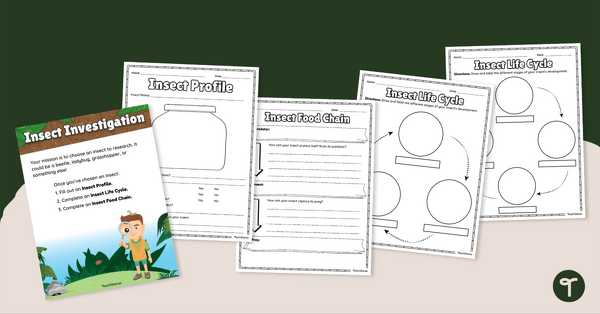
Insect Investigation - Research Task
Explore insect life cycles and food chains with this research task.
- Plus Plan
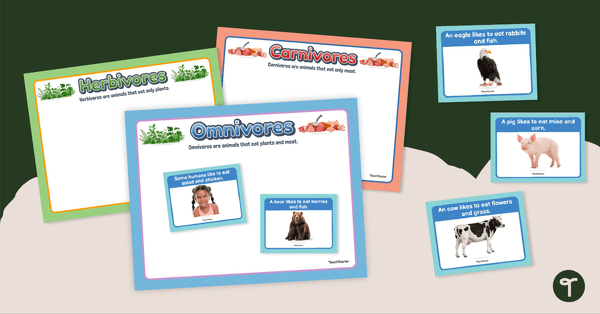
Herbivores, Carnivores, and Omnivores – Sorting Activity
Determine if animals are omnivores, carnivores, or herbivores based on their diet with this sorting activity.
- Plus Plan
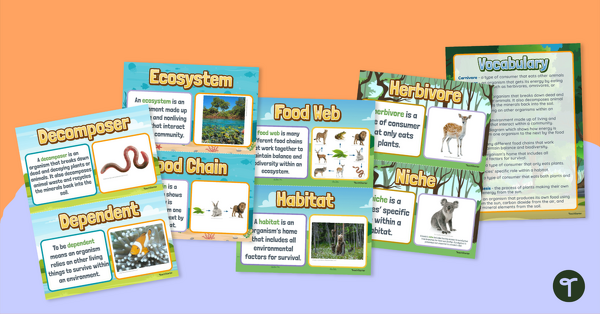
Food Chains & Food Webs – Vocabulary Posters
Display this set of science vocabulary posters in your classroom when learning about food chains and food webs.
- Plus Plan
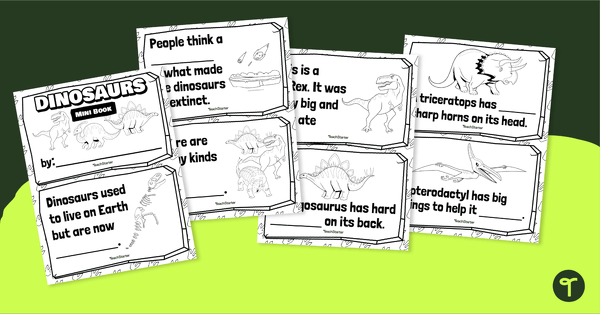
Printable Book - Dinosaurs
Learn about dinosaurs with a printable book for preschoolers, kindergartners, and first-graders.
- Plus Plan
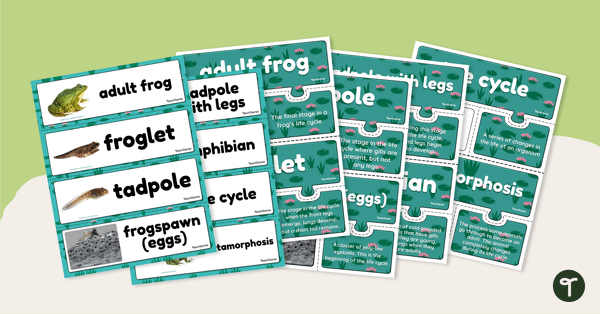
Life Cycle of a Frog – Vocabulary Cards and Puzzles
Reinforce science vocabulary with this set of word wall cards and vocabulary puzzles covering the life cycle of a frog.
- Plus Plan
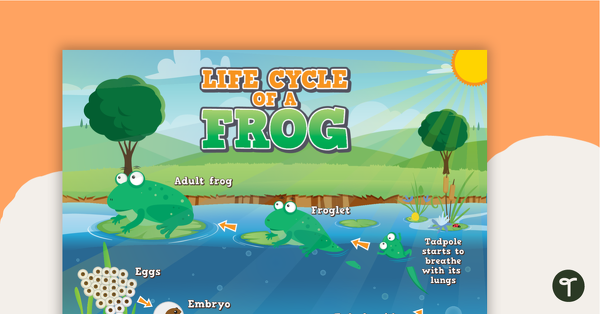
Life Cycle of a Frog - Poster
Learn about the life cycle of a frog with this colorful poster.
- Plus Plan
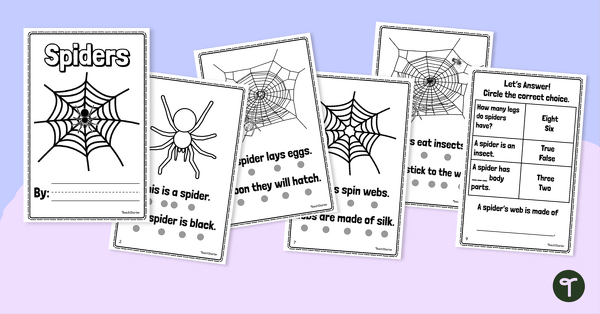
Printable Spider Book
Bring a bit of creepy into the classroom this Halloween with a printable leveled reader about spiders!
- Plus Plan
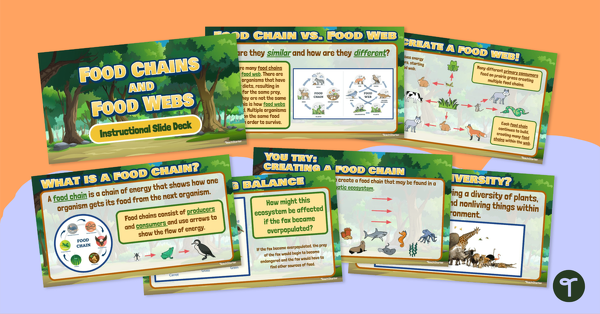
Food Webs vs. Food Chains – Instructional Slide Deck
Learn the difference between a food chain and a food web with this 18-slide instructional slide deck.
- Plus Plan
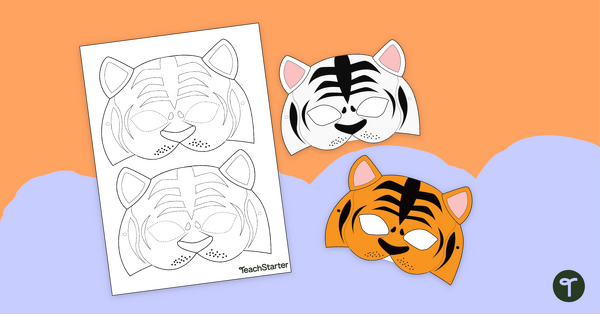
Tiger Face Mask Template
A tiger face mask for students to decorate.
- Plus Plan
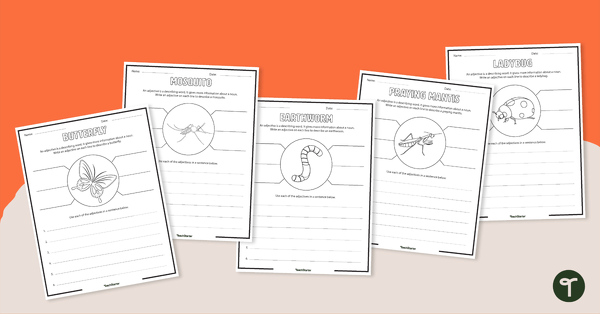
Insect Adjectives – Worksheet
A set of 10 insect themed adjective worksheets to use in the classroom when learning about insects.
- Plus Plan

Life Cycle of a Frog – Activity Templates
Organize, record, and display information about the life cycle of a frog with these activity templates.
- Plus Plan
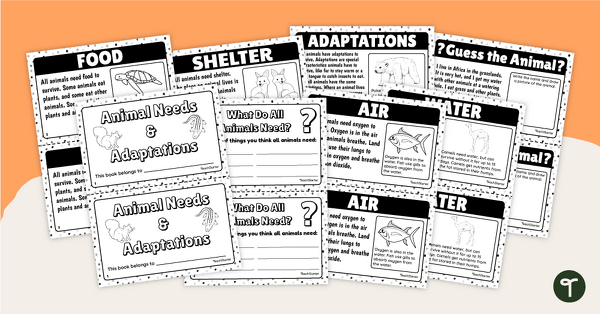
Animal Needs and Adaptations Mini-Book
Read and learn about animal adaptations and basic needs with this 14-page mini-book.
- Plus Plan
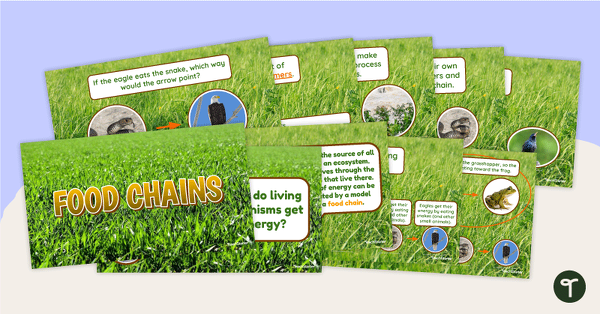
Food Chains – Teaching Presentation
Learn about the flow of energy in a food chain with this 12-slide teaching presentation.
- Plus Plan
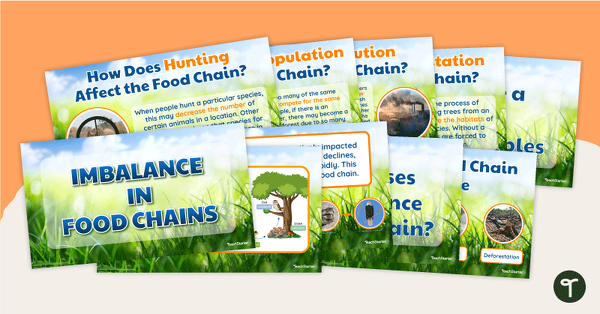
Imbalance in Food Chains – Teaching Presentation
Explore how different factors can cause a break in a food chain and may affect an ecosystem with this 16-slide teaching presentation.
- Plus Plan
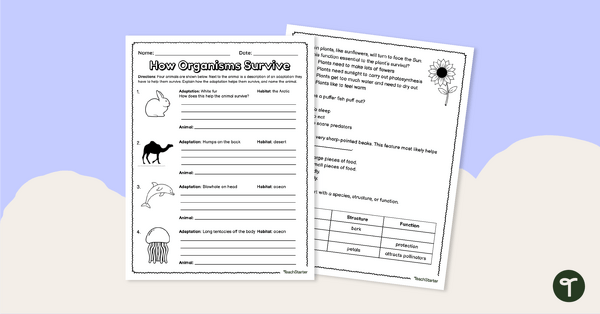
How Organisms Survive – Worksheet
Use this worksheet to identify and describe different animal and plant adaptations which help them survive in their environment.
- Plus Plan
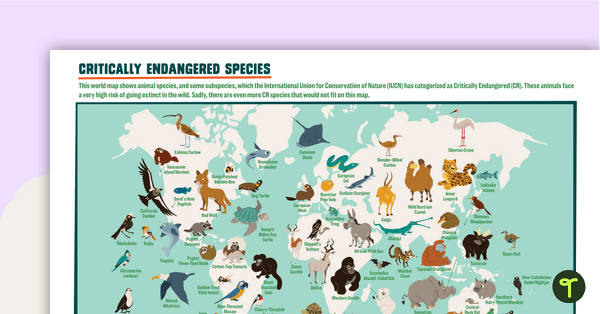
Critically Endangered Species Map
Use this endangered species world map when exploring animals that have been placed on the Critically Endangered list.